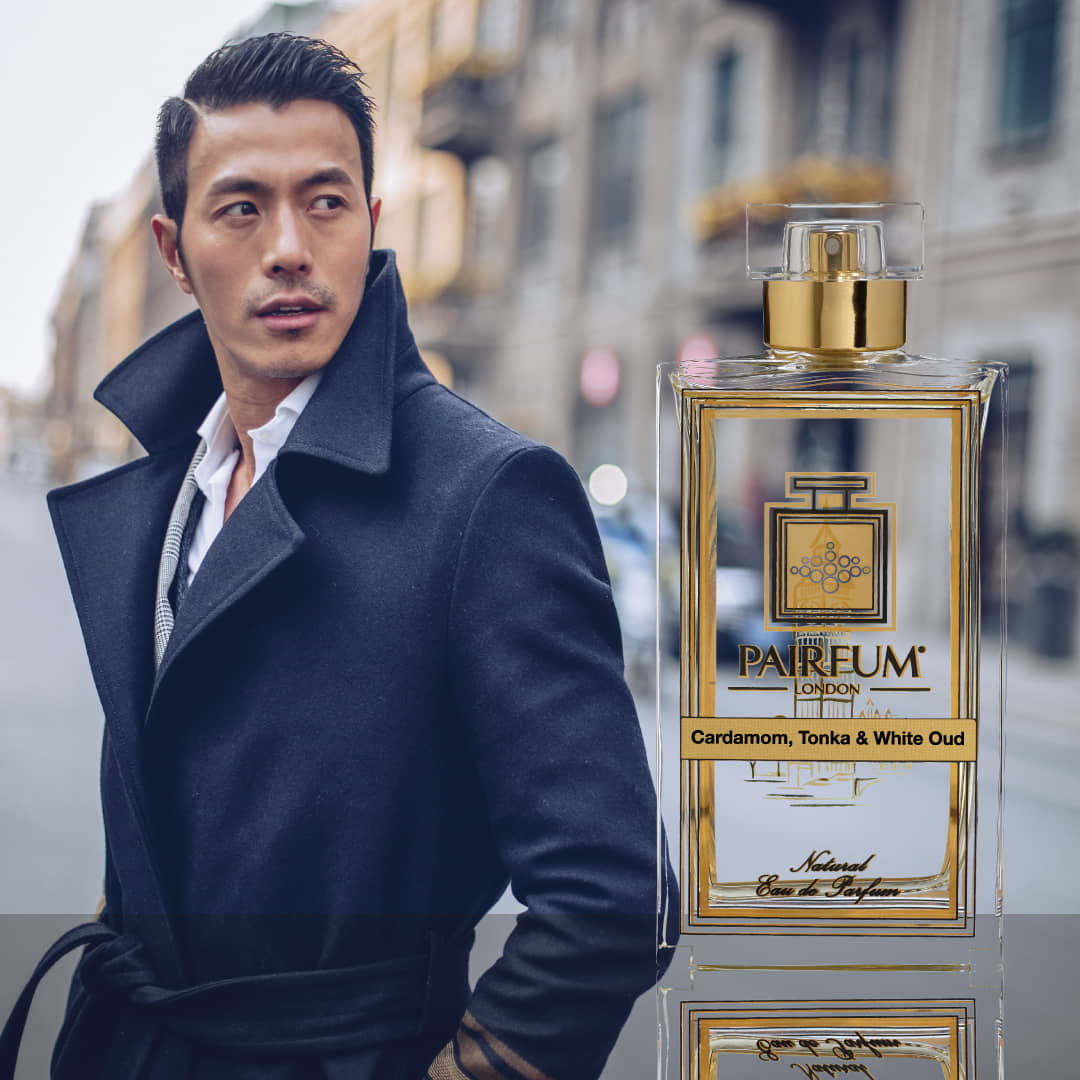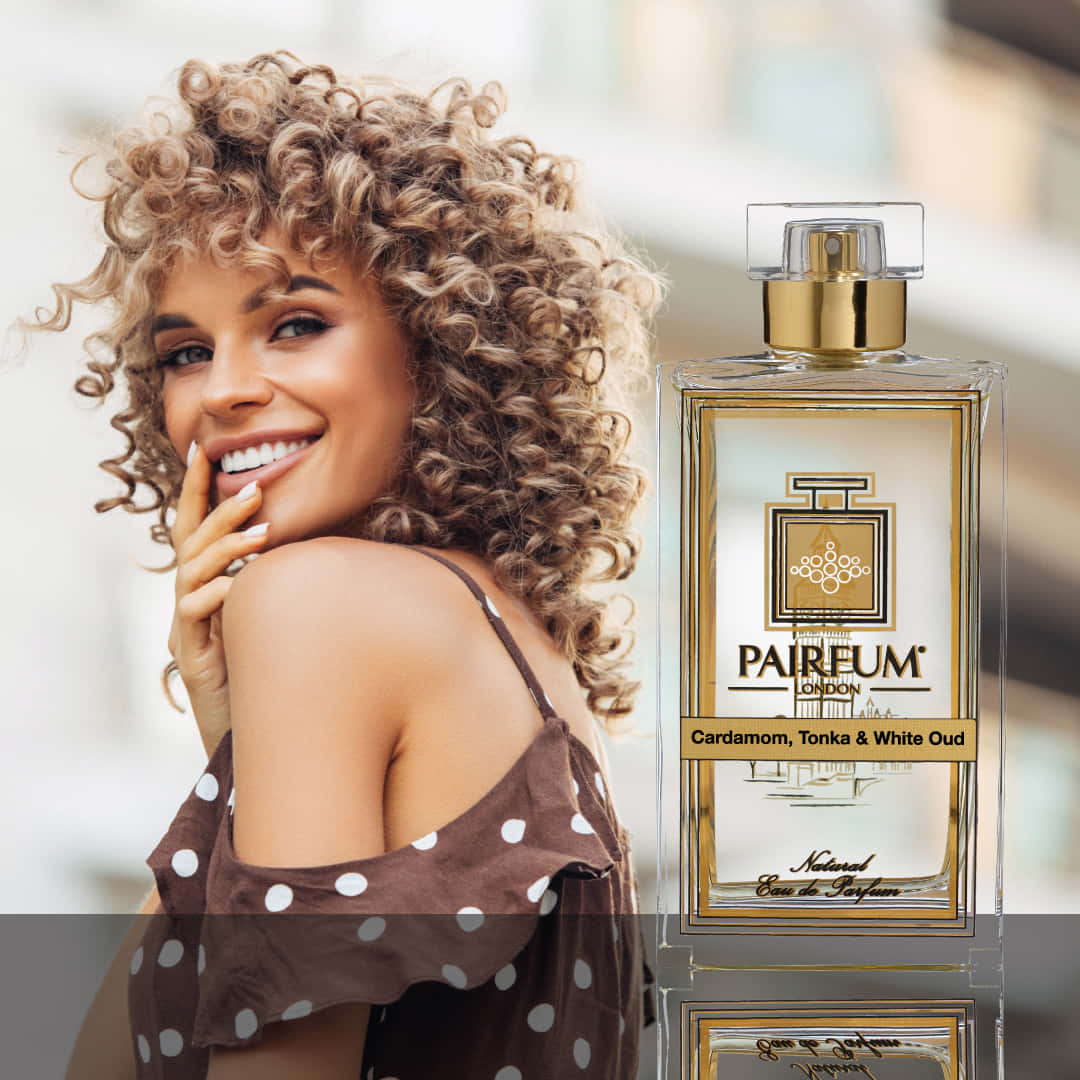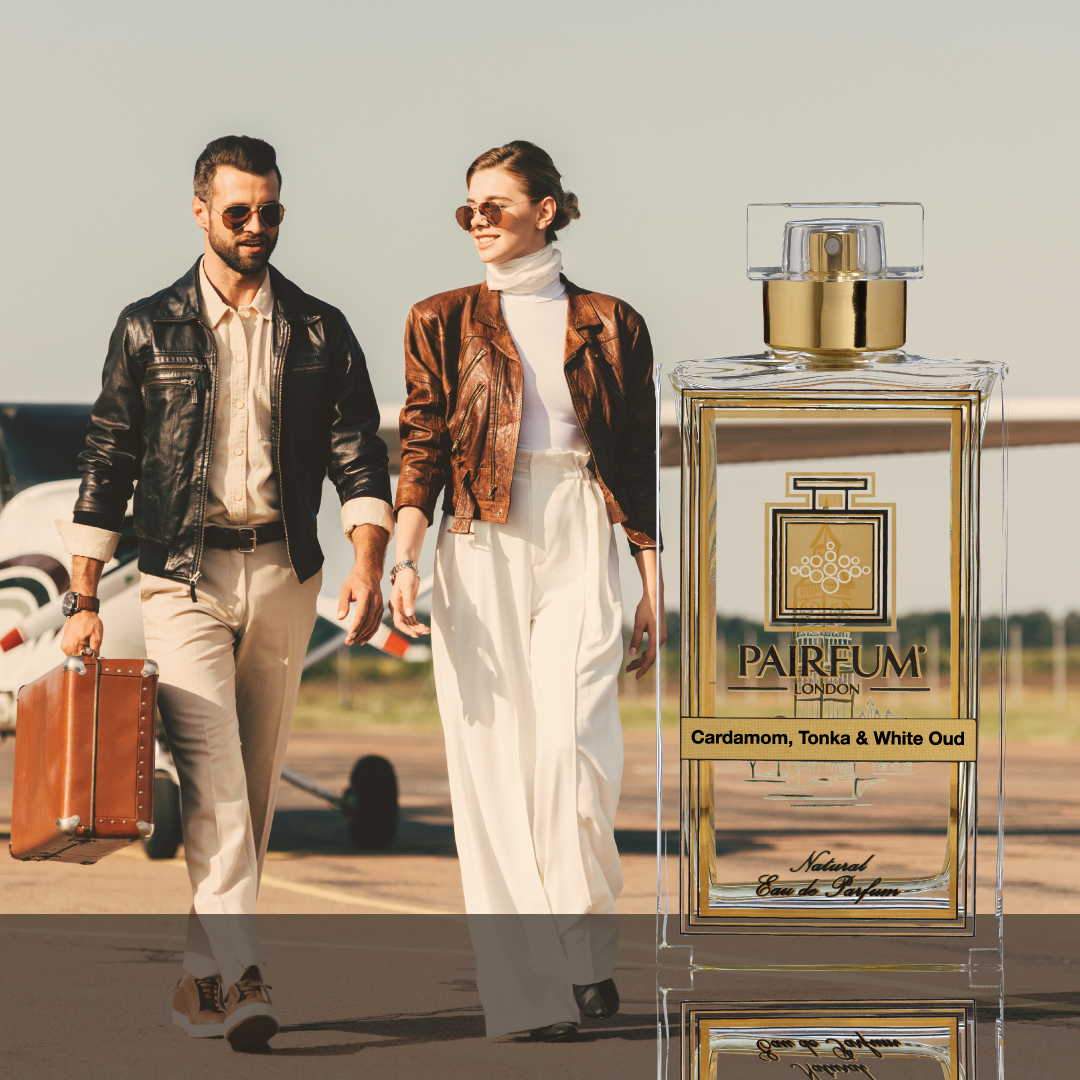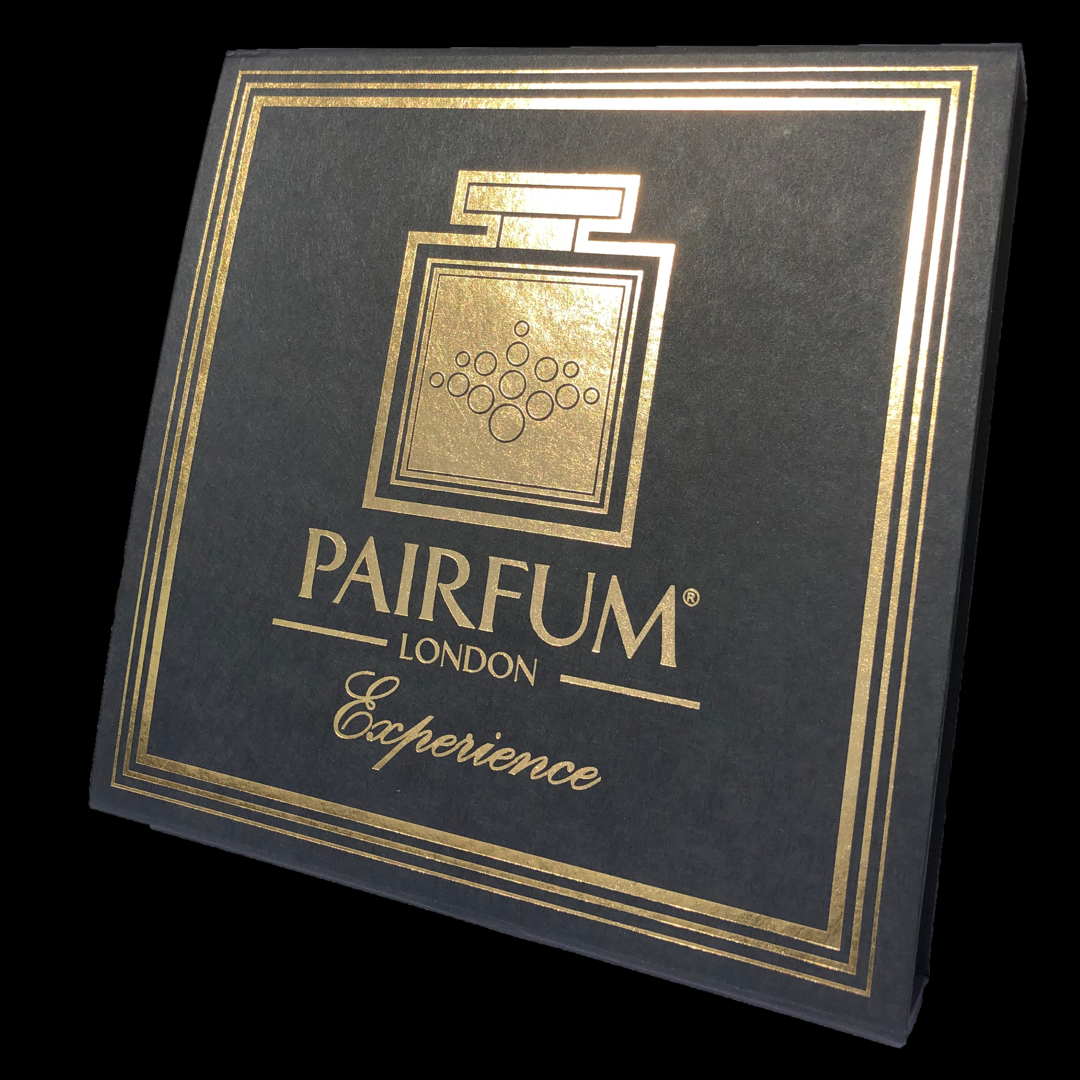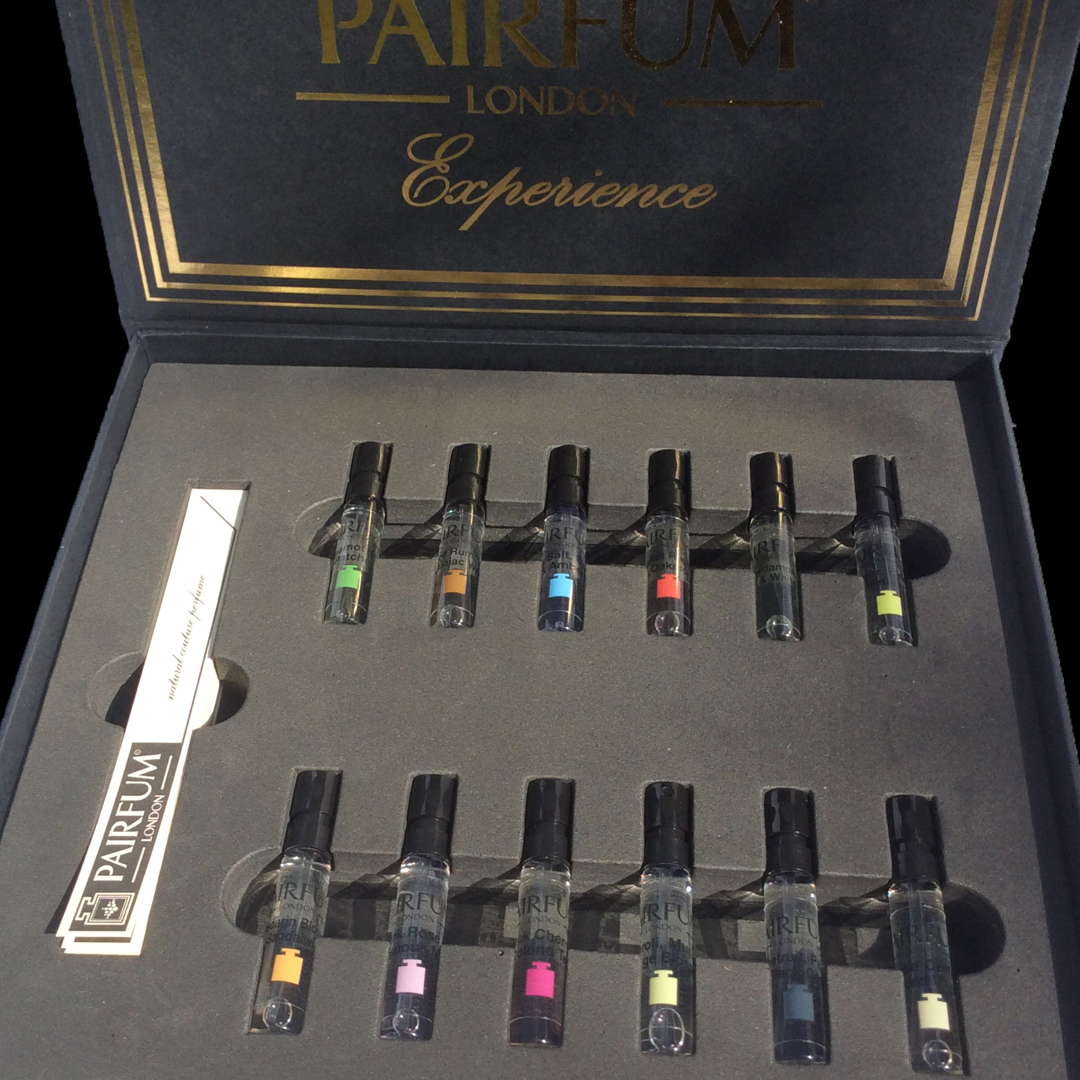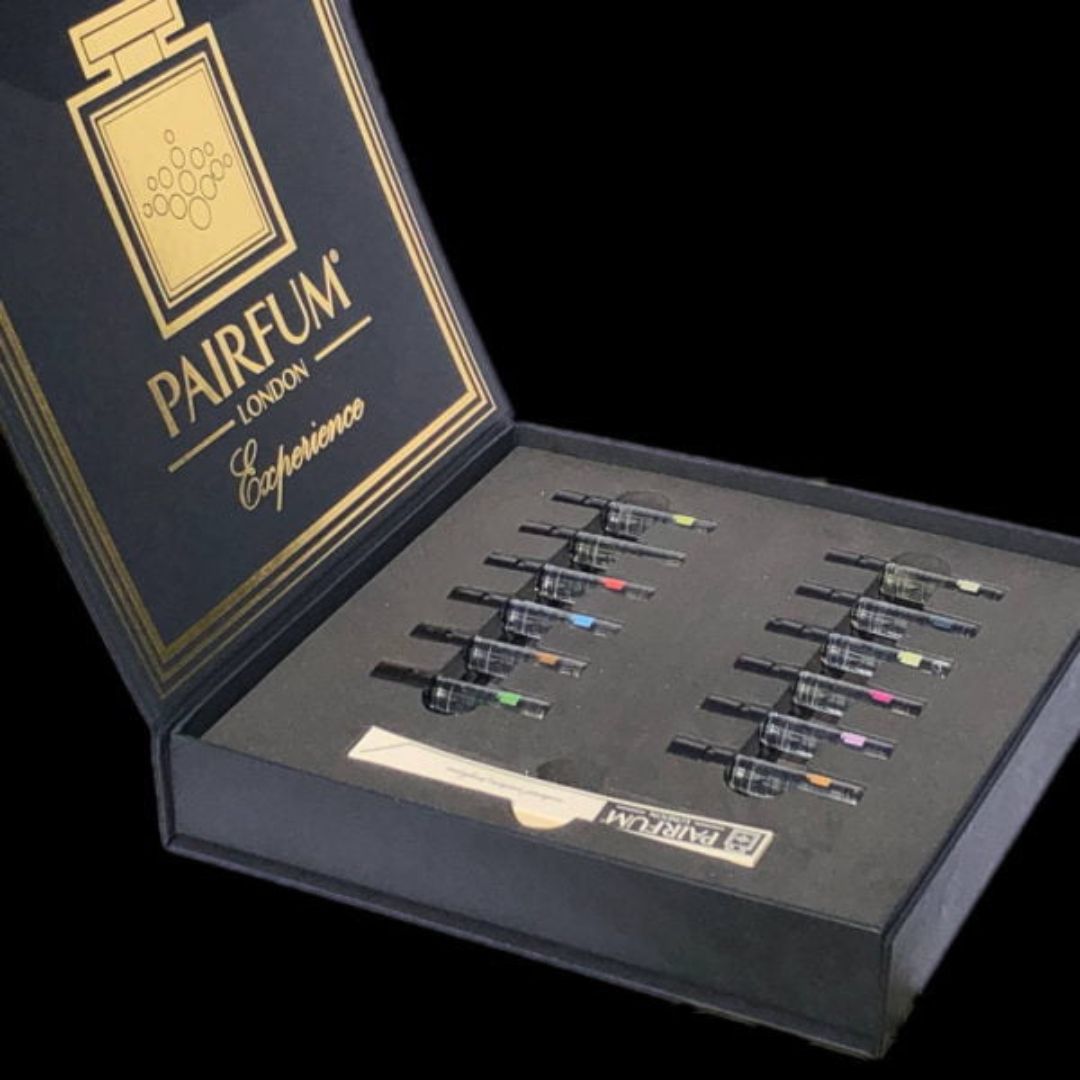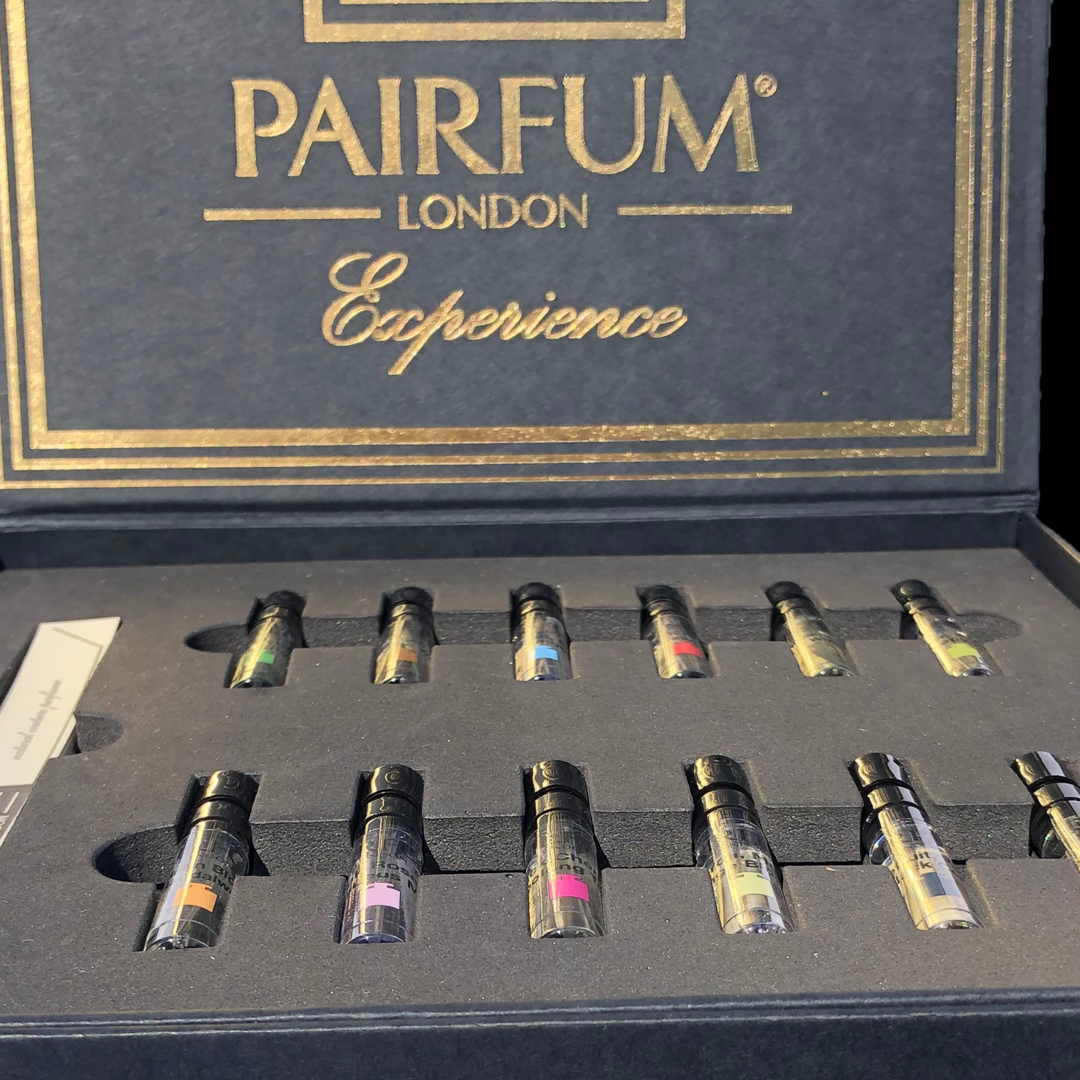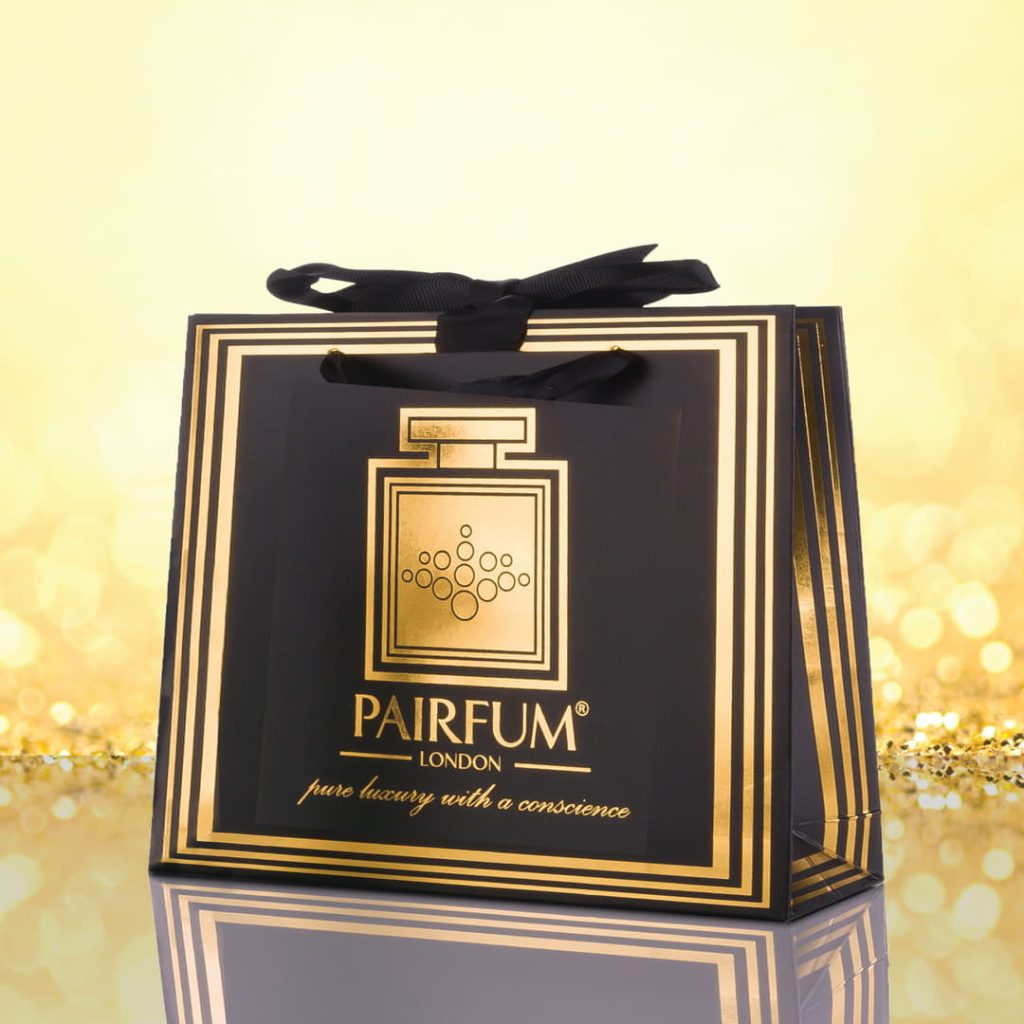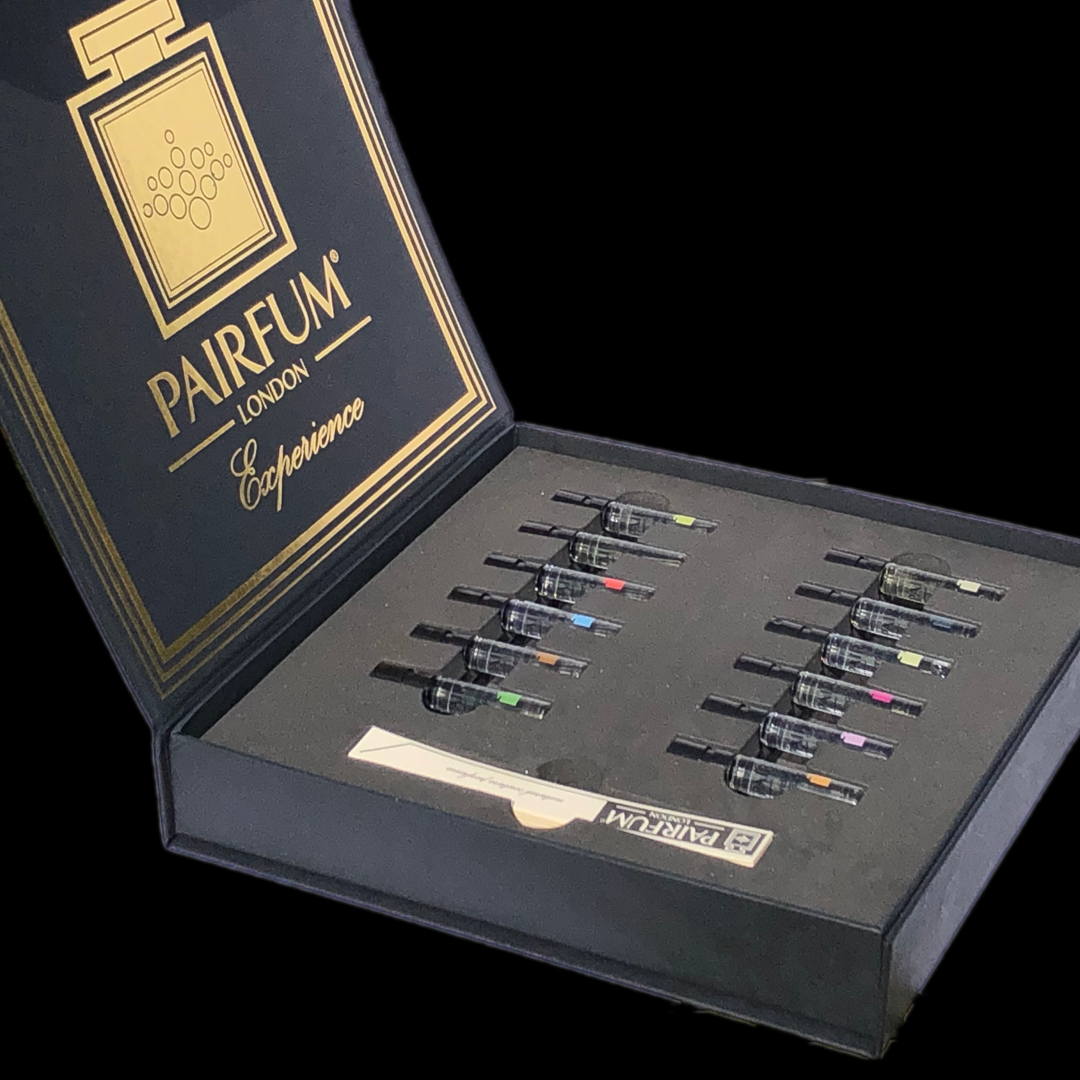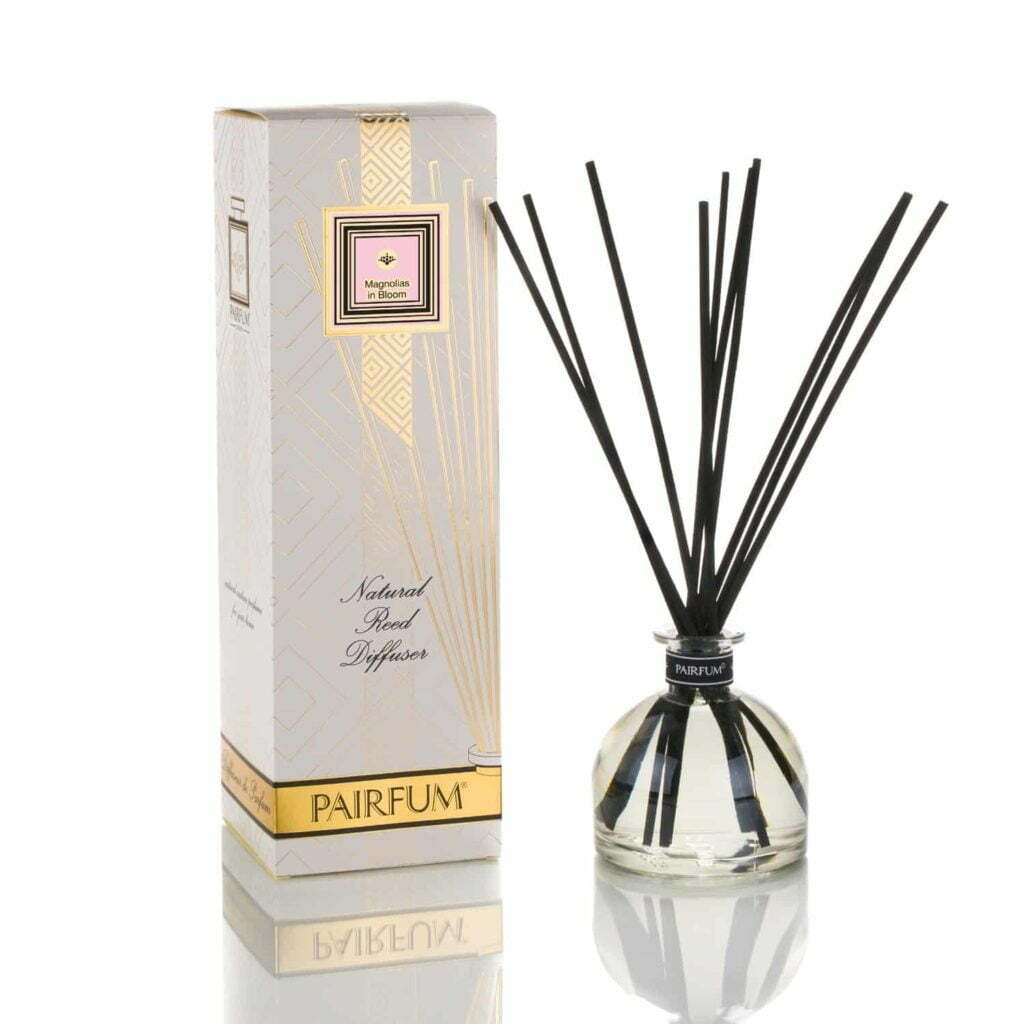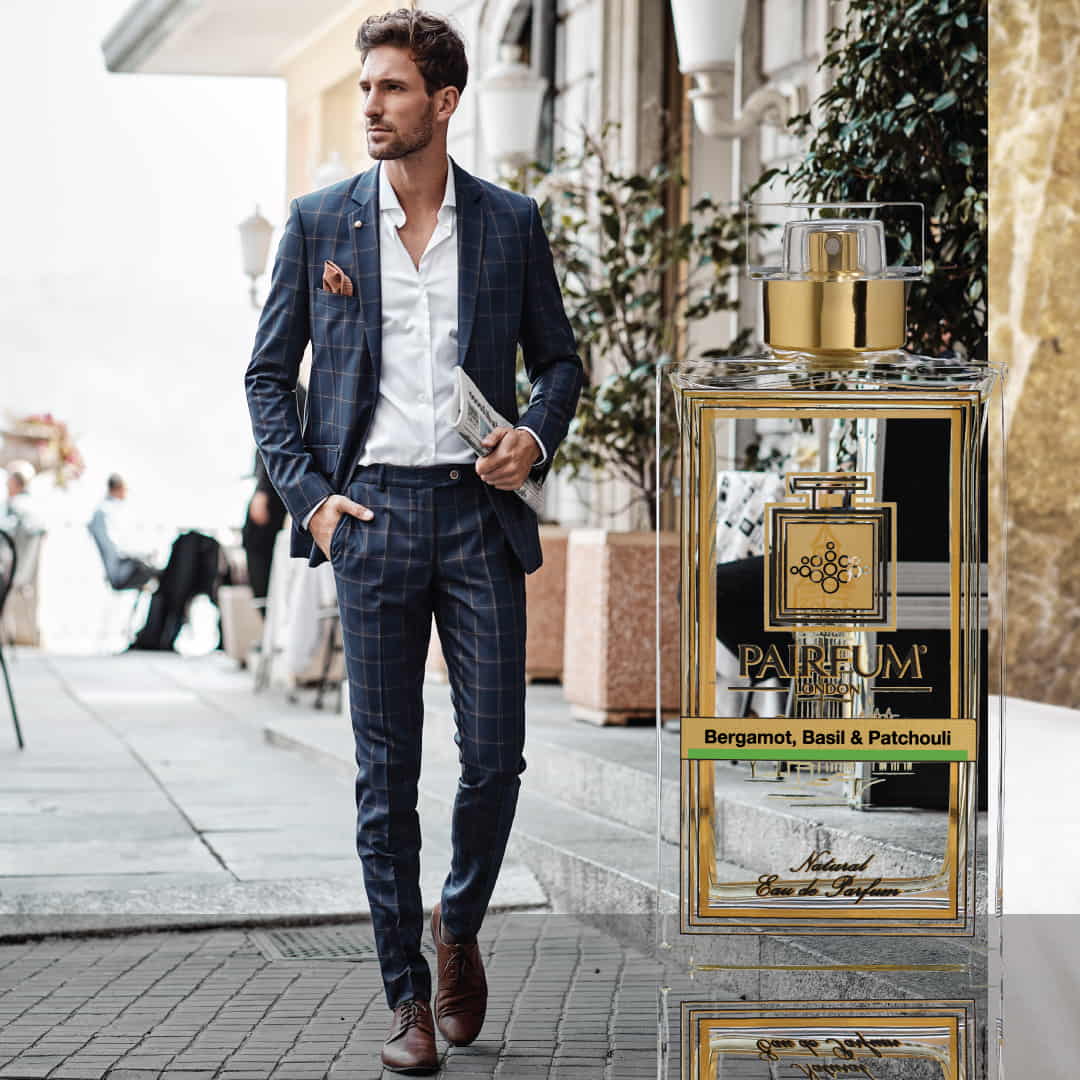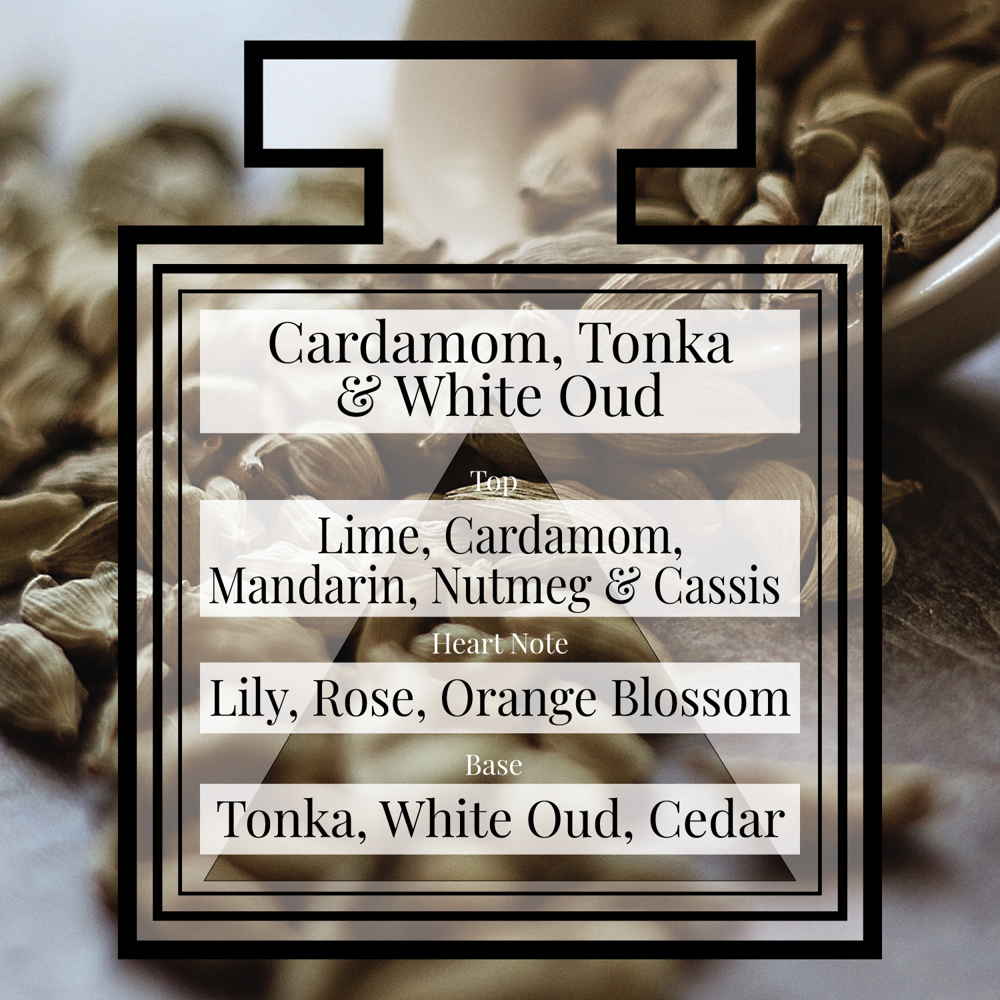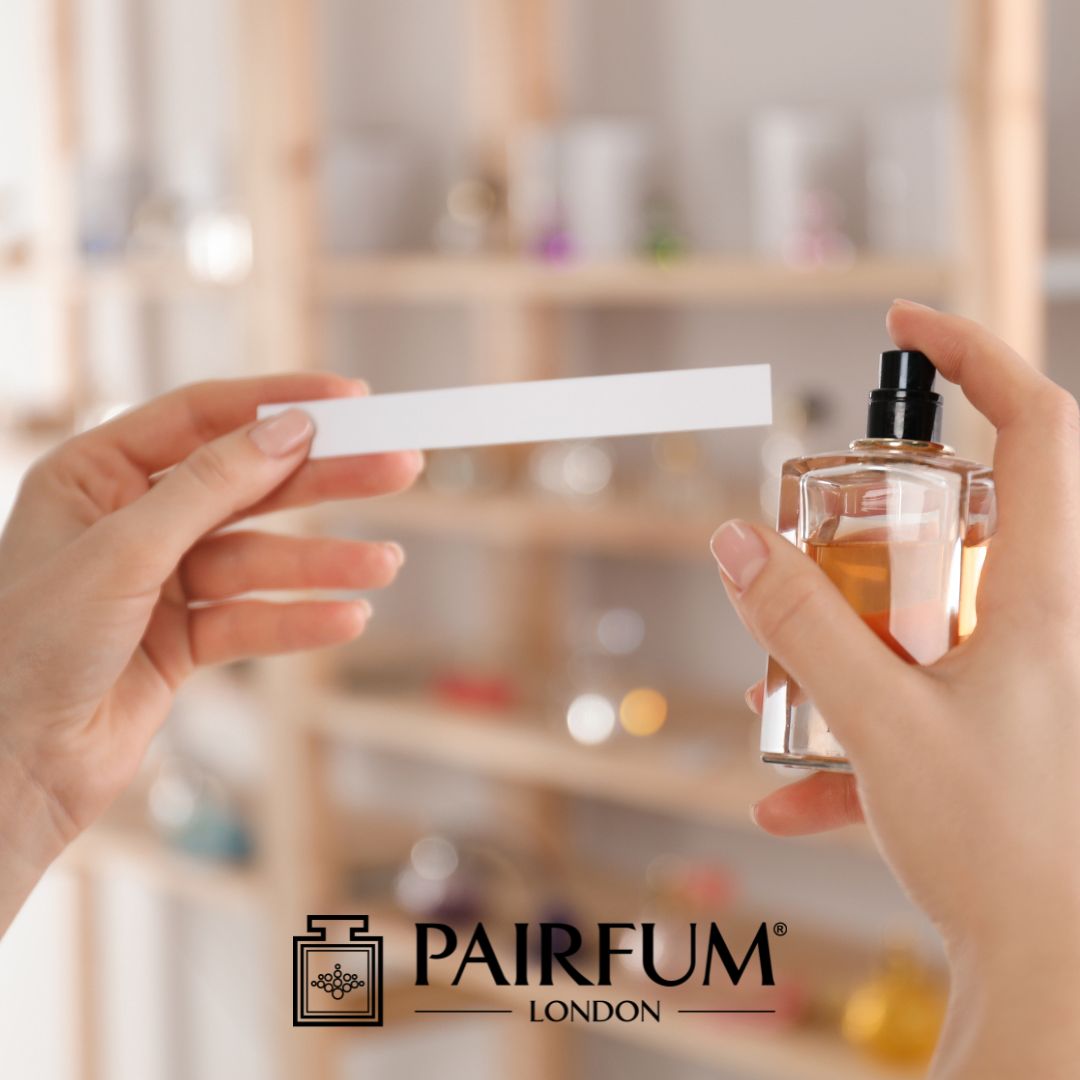To express yourself with fragrance is to make a statement that’s uniquely yours, whether you’re walking into a boardroom or stepping out for a special occasion. Fragrance is an invisible thread that weaves through our daily lives while connecting us to memories, expressing our personality, and enhancing how we’re perceived.
More than just a beauty product, fragrance is a mirror to the soul. From a hint of a delicate floral fragrance to a bold aromatic fougere, scent allows us to showcase individuality, project confidence, and communicate without ever opening our mouths.
Fragrance as a Form of Self-Expression
The ability to choose a unique fragrance that complements your personal style is empowering. Each perfume you wear tells a story, an intimate glimpse into your emotions, mood, and even aspirations. Just as a lip liner enhances your makeup look or your hair colour adds flair to your image, the perfect fragrance completes your personal ensemble.
Wearing a fragrance is not just about how you smell. It’s about how you feel, bold, serene, romantic, grounded. It’s about aligning scent with your identity.
The Power of Perfume: Defining Your Personality Through Scent
Your choice of perfume can be influenced by season, activity, or emotion. It can boost your confidence, mark a new chapter in your life, or simply bring comfort. Fragrance becomes a form of fashion and a sensory accessory that completes your outfit and enhances your presence.
Here are some fragrance styles and what they typically convey:
Different fragrance types carry their own emotional and stylistic signatures, defined by the notes they’re built upon. Here’s a quick guide to help you explore:
Citrus
Notes like lemon, bergamot, and grapefruit, are known for their bright, zesty character. They represent freshness, vitality, and spontaneity — ideal for an energetic and upbeat personality.
Floral fragrances
Notes like rose, jasmine, and lily, and are traditionally associated with romance and femininity. They express a sense of elegance, softness, and timeless beauty.
Aromatic fougere
Notes such as lavender, oakmoss, and coumarin. This style reflects strength, sophistication, and a sense of calm, making it a refined yet grounded choice.
Woody fragrances
They are built on rich, earthy notes like cedarwood, sandalwood, and vetiver. These scents are often deep and introspective, conveying a grounded presence and emotional depth.
Spicy fragrances
They incorporate warm, stimulating notes such as cinnamon, nutmeg, and pepper. They project boldness, intrigue, and high energy, making them perfect for someone with a daring and vibrant spirit.
Each of these fragrance families offers a unique way to communicate your personality and express your individuality through scent.
Whether you prefer a playful body mist, a practical body spray, or an eau de parfum, there’s always a perfect scent to reflect your current mindset and mood.

Crafting Your Signature Scent
If someone wants to express themselves with fragrance, they deserve a signature scent and a fragrance that becomes synonymous with her name, her aura, her essence. This is where signature fragrance meets signature style.
Curating your unique scent wardrobe can include:
- A favourite fragrance for day-to-day life.
- A bold aromatic fougere fragrance for business settings.
- A sweet floral fragrance for dates or personal moments.
- An incredibly contemporary fragrance with unexpected notes for creative flair.
Just like applying lip gloss or finishing your look with hair spray, the final touch of perfume ties everything together.
Scent & Emotion: The Psychological Power of Fragrance
Scent is directly linked to the limbic system which the part of the brain responsible for emotions and memories. The right fragrance can stir nostalgia, create attraction, or anchor you in the present. A spritz of something familiar on a cold morning might bring back the crisp fresh air of a beloved holiday.
And when the smell of a certain note lingers long after you’ve gone, that’s a lasting impression, one created not by words or actions, but by the subtle language of scent.
Layering and Exploring Different Fragrances
Experimenting with different fragrances helps you uncover a spectrum of possibilities. Try blending a citrus top note with a woody base for a scent that evolves throughout the day.
Layering isn’t just for perfume, you can pair your fragrance with a matching shower gel or lightly scented body spray to create harmony across your grooming ritual.
For even more customisation, consider how different scents mix with your natural skin chemistry. This is where the beauty of trial and discovery comes alive.
Fragrance as Part of Your Personal Brand
In today’s image-conscious world, fragrance isn’t an afterthought, it’s a pillar of your personal brand. Just as your wardrobe, accessories, and communication style contribute to your reputation, your scent becomes a signature identifier.
Using fragrance to showcase individual style is a subtle yet powerful form of influence. It builds connection, enhances first impressions, and supports how others remember you.
Just ask anyone who’s walked past someone wearing Mercedes Benz fragrances, it’s unforgettable. A high-performance fragrance that echoes the same sleek precision as a Mercedes Benz, and just as distinctive is how you express yourself with fragrance.

The Broader Scent Experience: More Than Just Perfume
Fragrance comes in many forms beyond a standard bottle of perfume. Consider the world of related products that enhance your olfactory profile:
- Body mist: Ideal for daytime freshness or post-gym touch-ups.
- Hair spray with added fragrance: A touch of scent every time your hair moves.
- Shower gel: The beginning of a layered scent ritual.
- Scented moisturisers or roll-ons for fragrance layering.
Each product adds dimension to your scent story and reinforces your individuality.
Choosing Your Fragrance: A Journey of Discovery
Finding the perfect fragrance isn’t always love at first smell. It can take time, exploration, and honest customer reviews to guide your decision.
Don’t rush the process, wear testers, note the dry-down, and observe how it interacts with your skin throughout the day. Make room for surprises, too. You might fall in love with a note you never expected.
And don’t forget: how you pay for your fragrance is part of the experience too. A sleek American Express card swipe adds that extra touch of luxury and indulgence.
Explore Your Signature with a Fragrance Discovery Experience
If you’re still uncovering your perfect scent or looking to explore a variety of different fragrances, the Fragrance Library Perfume Experience Box Collection is the ideal starting point. This carefully curated set invites you to experiment with a wide range of luxurious eau de parfum creations, helping you discover which notes, moods, and styles resonate most with your personality. It’s the perfect way to explore your individuality, refine your personal style, and take the first step toward finding your signature fragrance.
Fragrance Library Perfume Experience – By Pairfum London
Each fragrance is beautifully presented and designed with longevity, complexity, and elegance in mind. The box allows you to test multiple notes, explore different scents, and layer to create your own unique fragrance — all from the comfort of home. It’s the ultimate sensory journey to help you uncover your favourite fragrance or create a personalised scent wardrobe for every mood and occasion.
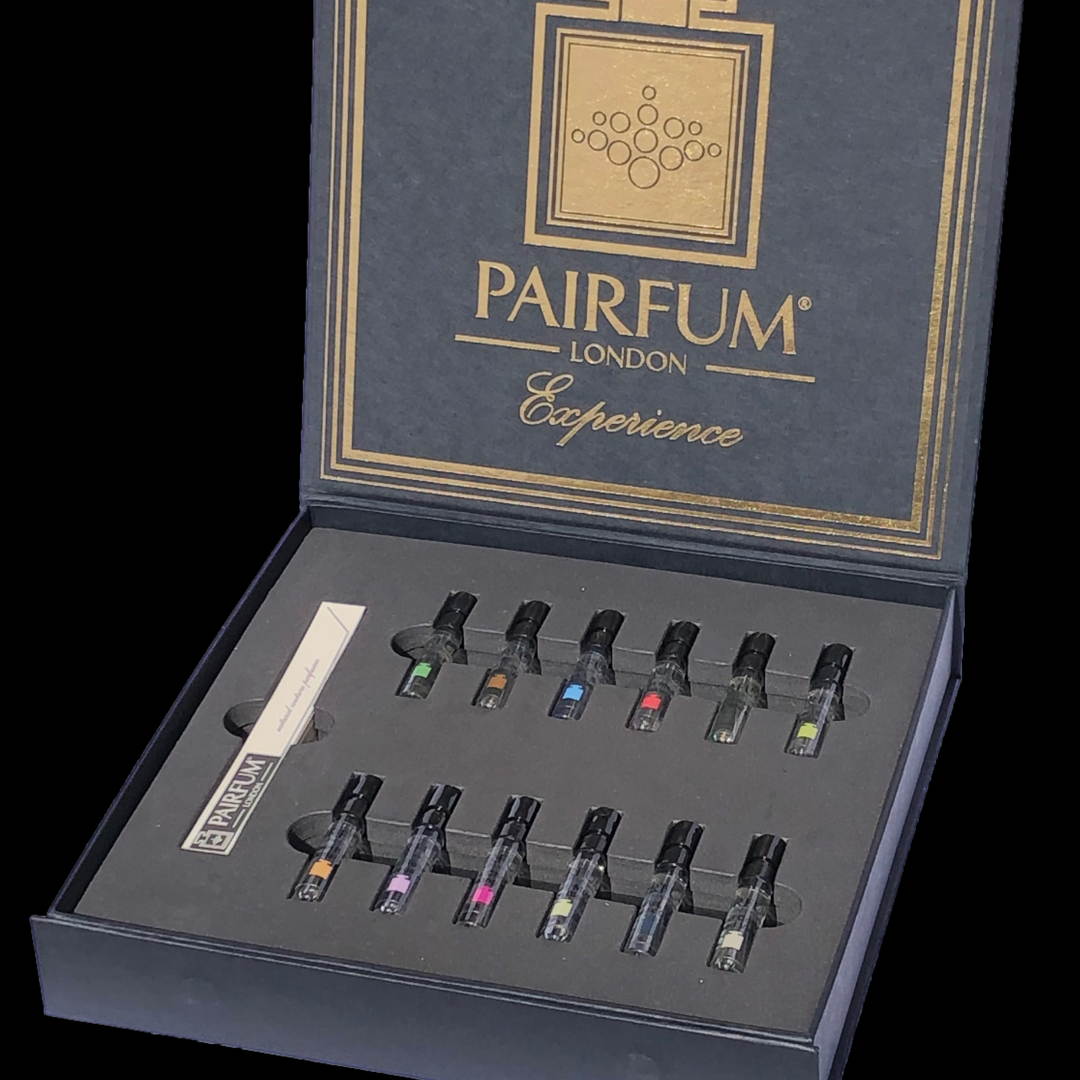
Conclusion: A Scented Expression of You
To express yourself with fragrance is to wear your personality in its most intimate form. From the moment you apply your morning eau de parfum to the final spritz before a special occasion, your chosen scent is your silent introduction.
Whether citrusy and bright, woody and rich, or bold like an aromatic fougere, your fragrance speaks volumes. It reflects who you are, how you feel, and how you want the world to remember you.
So embrace the power of different scents. Celebrate your individuality. And let your fragrance do the talking.


